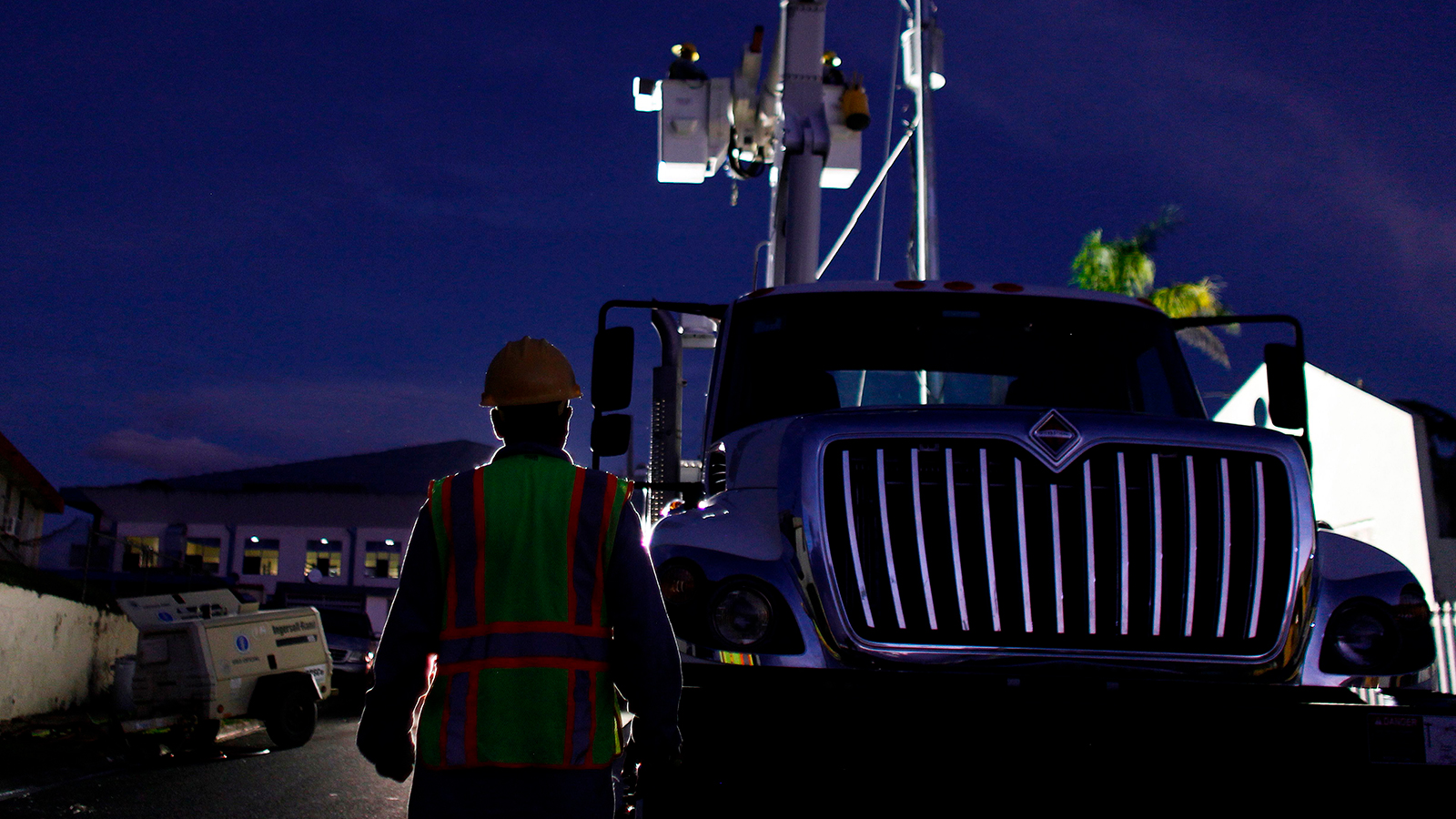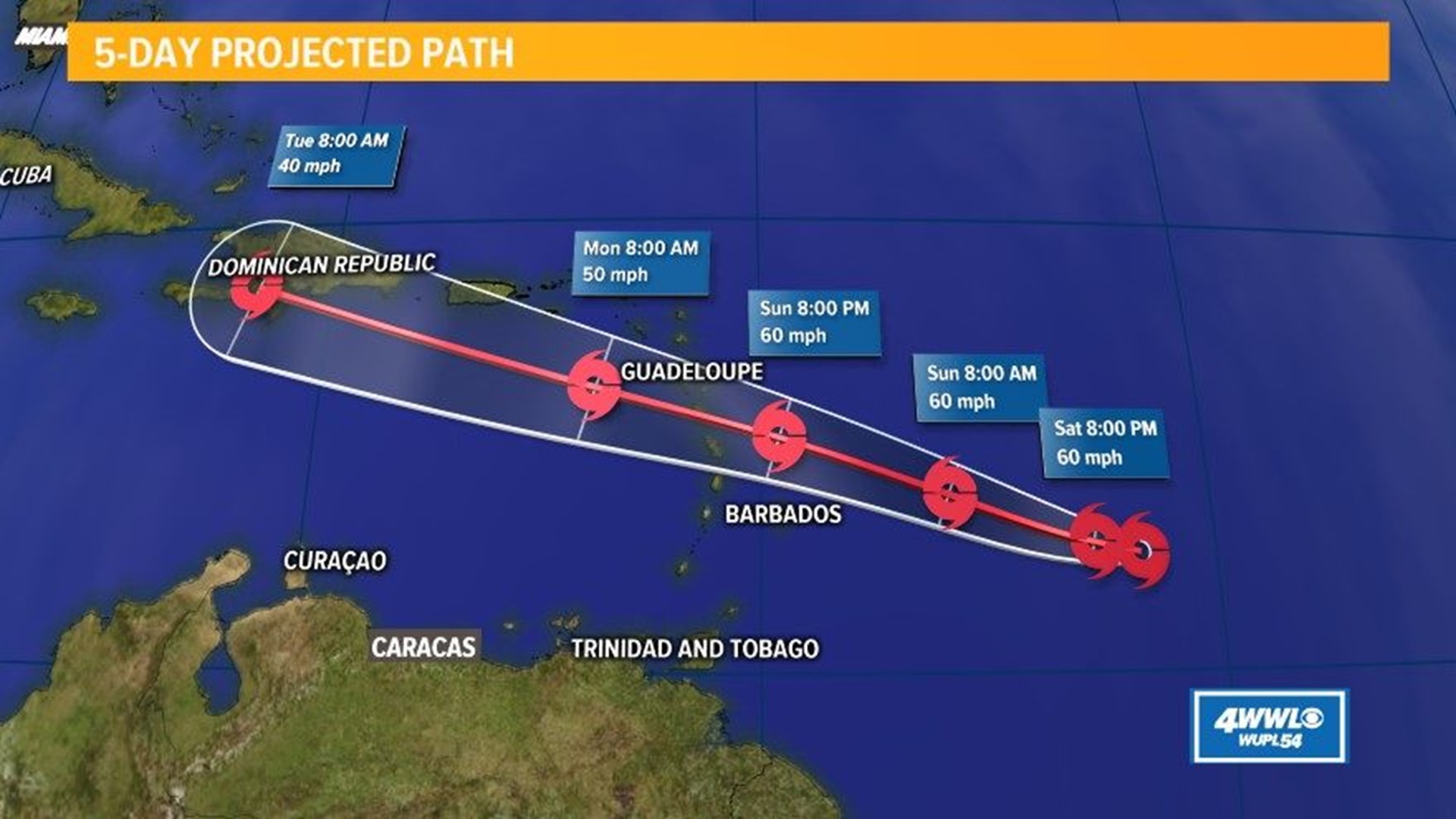Current Location and Forecast Track
Where is hurricane beryl – As of the latest advisory from the National Hurricane Center (NHC), Hurricane Beryl is currently located approximately 1,180 miles (1,900 km) west-southwest of the Azores. The hurricane is moving east-northeast at 24 mph (39 km/h) and is expected to continue on this track for the next few days.
The NHC’s forecast track indicates that Hurricane Beryl is likely to pass well to the south of the Azores on Wednesday, August 23. After that, the hurricane is expected to turn more to the northeast and accelerate its forward speed. By Friday, August 25, Beryl is forecast to be located about 800 miles (1,300 km) east of Bermuda.
Potential Landfall Areas
At this time, there are no coastal watches or warnings in effect for any land areas. However, residents in the Azores and Bermuda should monitor the progress of Hurricane Beryl and be prepared to take action if necessary.
Intensity and Wind Speeds
Currently, Hurricane Beryl has intensified into a Category 2 hurricane on the Saffir-Simpson Hurricane Wind Scale. The sustained wind speeds have increased significantly, reaching an estimated 105 mph (169 km/h) near the storm’s center.
As Hurricane Beryl rages over the Atlantic, we turn our attention to the inspiring story of Kevin Porter Jr. , whose resilience and determination mirror the strength of nature. Despite facing adversity, Kevin emerged as a star, reminding us that even in the midst of life’s storms, hope and triumph can prevail.
And so, as we monitor Hurricane Beryl’s path, let us draw inspiration from Kevin’s journey, knowing that the greatest challenges can often lead to the most remarkable transformations.
These intense winds can cause substantial damage to structures, uproot trees, and result in widespread power outages. The National Hurricane Center warns that the hurricane’s destructive winds extend up to 80 miles (130 km) from its center, posing a significant threat to coastal communities.
Wind Speed Impacts, Where is hurricane beryl
- 105 mph (169 km/h): Can cause severe damage to buildings, mobile homes, and infrastructure, as well as topple trees and cause widespread power outages.
- 74 mph (119 km/h): Can cause considerable damage to buildings, especially to roofs and windows, and can uproot trees.
- 58 mph (93 km/h): Can cause damage to trees and power lines, and can also cause some structural damage to buildings.
Affected Areas and Evacuations

Hurricane Beryl’s path poses significant risks to coastal regions, necessitating proactive measures to safeguard communities and individuals. Evacuations have been ordered for vulnerable areas, and residents are strongly advised to heed these directives for their safety.
The storm’s anticipated trajectory indicates potential impacts on coastal communities along its path. Residents in these areas should remain vigilant, monitor weather updates, and follow official guidance.
Hurricane Beryl has shifted westward, its path now uncertain. As meteorologists track its movements, we find inspiration in the resilience of individuals like Max Christie . His unwavering determination in the face of adversity reminds us that even in the midst of stormy times, the human spirit can prevail.
Now, as we anxiously await updates on Hurricane Beryl’s trajectory, we can draw strength from Max Christie’s example, knowing that we too can weather any storm that comes our way.
Evacuation Orders and Precautions
- Residents in evacuation zones should adhere to official orders and evacuate promptly to designated shelters or safe locations.
- Evacuating individuals should secure their homes, unplug appliances, and gather essential belongings, including medications, important documents, and emergency supplies.
- Stay informed through local news, weather reports, and official communication channels to monitor the storm’s progress and any updates on evacuation orders.
Storm Surge and Flooding Risks

Storm surge is a wall of water that is pushed ashore by the force of a hurricane’s winds. It can cause devastating flooding and is one of the most dangerous aspects of a hurricane. The height of the storm surge depends on several factors, including the strength of the hurricane, the shape of the coastline, and the depth of the water. Storm surge can cause extensive damage to coastal communities, including flooding homes and businesses, destroying infrastructure, and eroding beaches.
Vulnerable Areas
Areas that are most vulnerable to storm surge flooding are low-lying coastal areas, such as barrier islands and peninsulas. These areas are often home to densely populated communities and are at risk of being completely inundated by storm surge. In addition, areas with a shallow continental shelf are also more vulnerable to storm surge flooding. The shallow water allows the storm surge to build up as it approaches the coast.
Potential Flooding Levels
The potential flooding levels from a storm surge can vary depending on the strength of the hurricane and the topography of the affected area. However, even a relatively weak hurricane can cause significant flooding. For example, Hurricane Katrina, a Category 3 hurricane, caused storm surge flooding of up to 28 feet in some areas of the Gulf Coast. This flooding caused widespread damage and displacement, and resulted in the deaths of over 1,800 people.
Historical Context and Past Hurricanes: Where Is Hurricane Beryl
The region has experienced several hurricanes in the past, each leaving a unique mark on its communities. These storms serve as a reminder of the destructive potential of nature and the importance of preparedness.
One notable hurricane that impacted the region was Hurricane Katrina in 2005. This Category 5 storm caused widespread devastation along the Gulf Coast, resulting in catastrophic flooding and loss of life. The storm’s intensity and the subsequent levee failures highlighted the need for robust hurricane preparedness measures.
Other Past Hurricanes
- Hurricane Ivan (2004): A Category 5 hurricane that made landfall in Alabama, causing significant damage and flooding.
- Hurricane Wilma (2005): A Category 5 hurricane that impacted Florida, causing widespread power outages and structural damage.
- Hurricane Rita (2005): A Category 5 hurricane that made landfall in Texas, leading to evacuations and disruptions to oil production.
- Hurricane Harvey (2017): A Category 4 hurricane that brought record-breaking rainfall to Texas, resulting in catastrophic flooding.
- Hurricane Maria (2017): A Category 5 hurricane that devastated Puerto Rico, causing widespread infrastructure damage and power outages.
These past hurricanes provide valuable lessons for communities in the region. By understanding the historical impact of these storms, residents and officials can develop more effective preparedness and response plans to mitigate the risks associated with future hurricanes.
Preparation and Safety Measures

Hurricane Beryl poses a significant threat, and it is crucial to take immediate action to ensure safety and minimize potential damage. Proactive preparation and adherence to safety guidelines are essential to weather the storm effectively.
To prepare for Hurricane Beryl, follow these essential steps:
Secure Your Property
- Secure loose outdoor items such as patio furniture, grills, and garbage cans to prevent them from becoming projectiles in high winds.
- Trim trees and remove dead branches that could fall and cause damage during the storm.
- Board up windows and doors to protect against flying debris and strong winds.
- Bring in any outdoor plants or cover them with tarps to shield them from the elements.
Gather Emergency Supplies
- Prepare an emergency kit that includes non-perishable food, water (one gallon per person per day), a first-aid kit, medications, a battery-powered radio, flashlights, and extra batteries.
- Have a plan for alternative power sources, such as a generator or battery packs, in case of power outages.
- Gather important documents, such as passports, insurance cards, and financial records, and store them in a waterproof container.
li>
Create Evacuation Plans
- Identify evacuation routes and shelters in advance and discuss them with your family.
- Plan for different evacuation scenarios, including routes to higher ground or inland areas.
- Have a designated meeting place outside of the affected area in case family members become separated.
- Consider the needs of pets and make arrangements for their safety and evacuation if necessary.
Media Coverage and Updates
Staying informed during a hurricane is crucial for safety and preparedness. Reputable news sources and weather channels provide live coverage and updates on Hurricane Beryl’s path, intensity, and potential impacts.
News Sources and Weather Channels
– CNN: https://edition.cnn.com/weather
– The Weather Channel: https://weather.com/
– AccuWeather: https://www.accuweather.com/en/hurricane/hurricane-beryl-2023/855161
– National Hurricane Center: https://www.nhc.noaa.gov/
– Local news stations and websites
These sources offer real-time updates, expert analysis, and interactive maps to track the hurricane’s progress. By following these reputable channels, you can access the latest information and make informed decisions for your safety.
